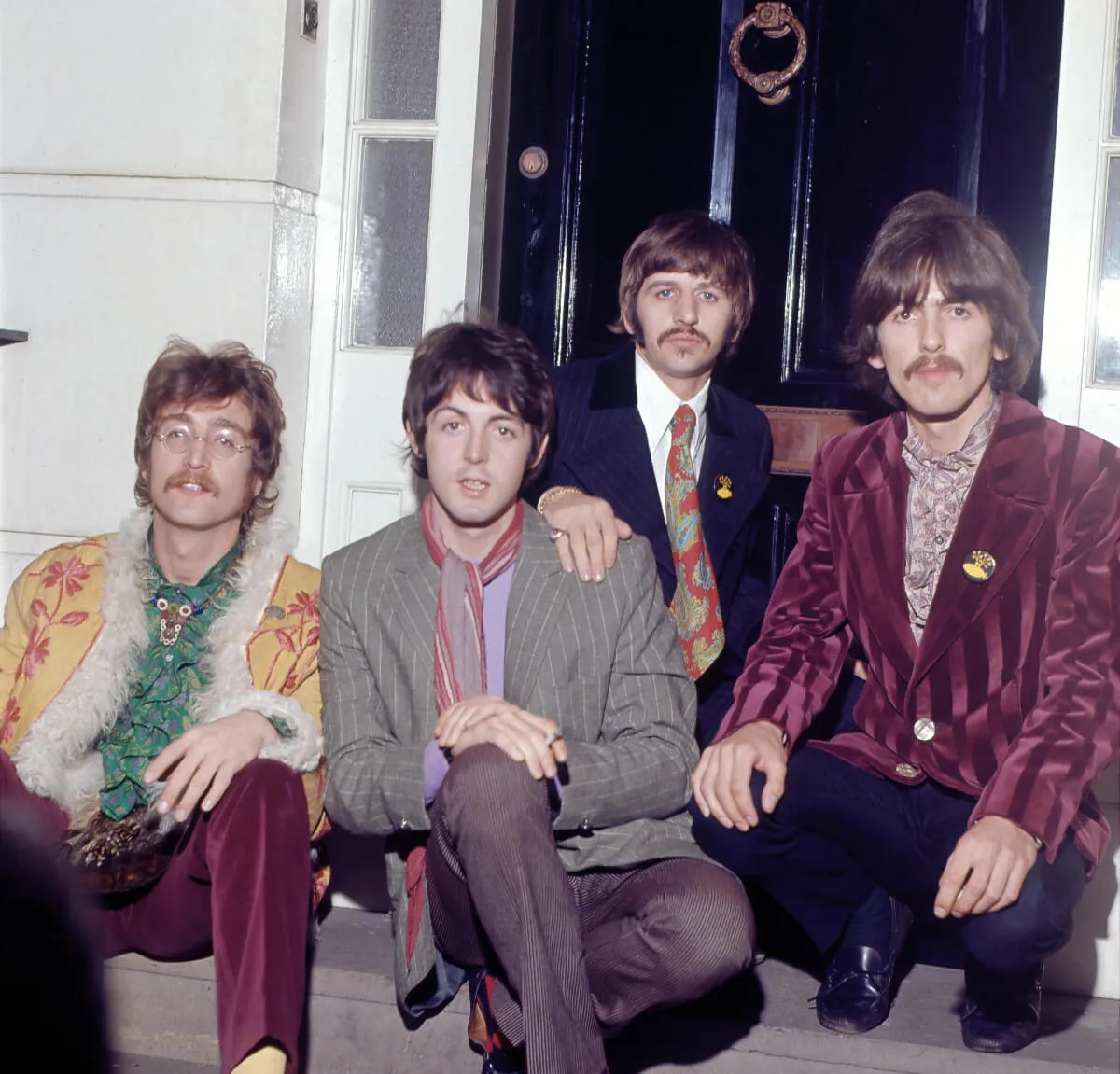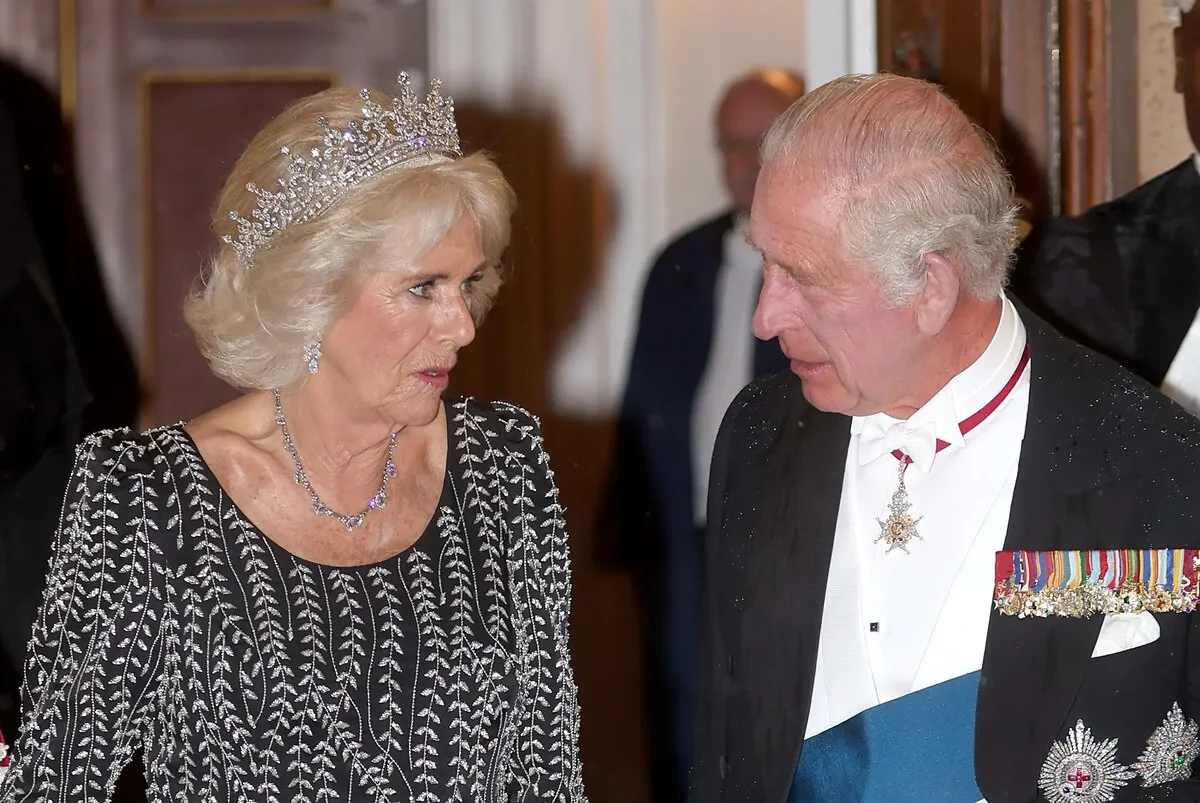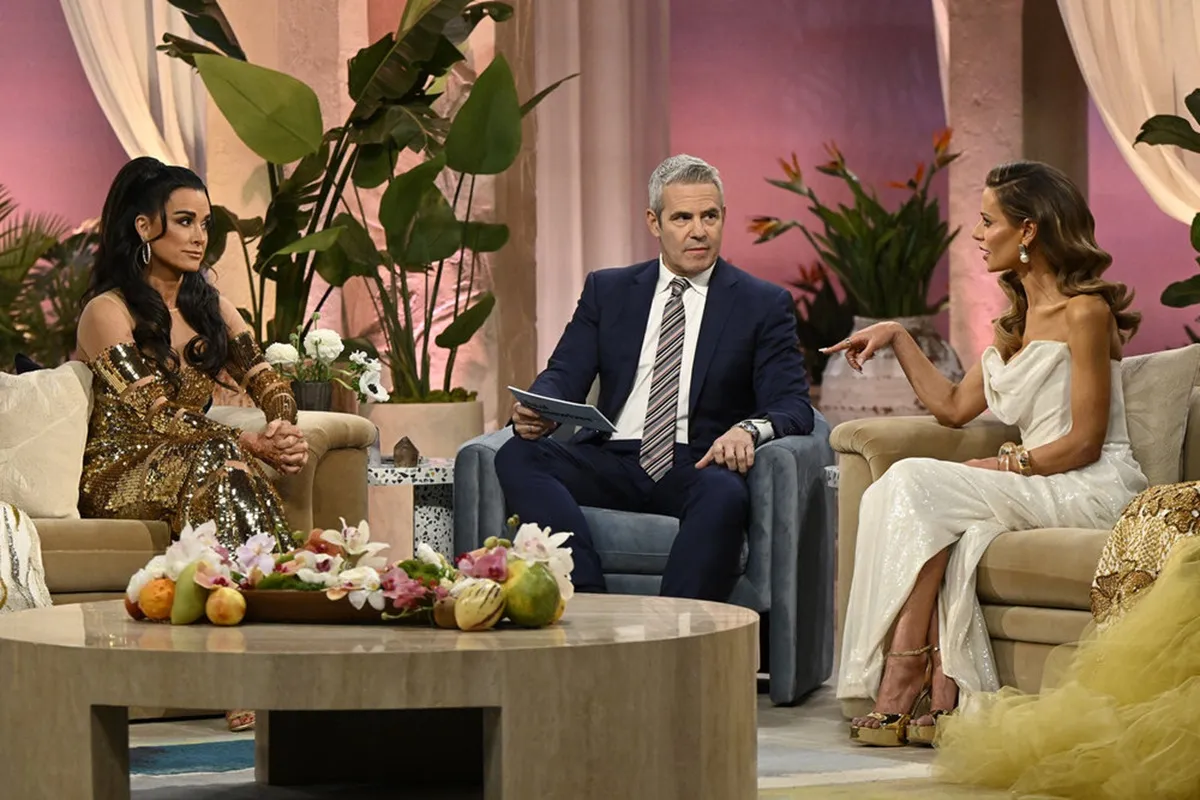The Who Concert Disaster: What Happened at the Band’s Tragic 1979 Cincinnati Show
The Who are coming back to Cincinnati. The legendary British rock band has added a stop in the Ohio city to their Moving On tour.
Pete Townshend and company will play at the BB&T Arena at Northern Kentucky University on April 23, 2020. It will be the first time they’ve performed in the city since 1979, when one of their concerts ended in tragedy.
The Who’s 1979 concert disaster
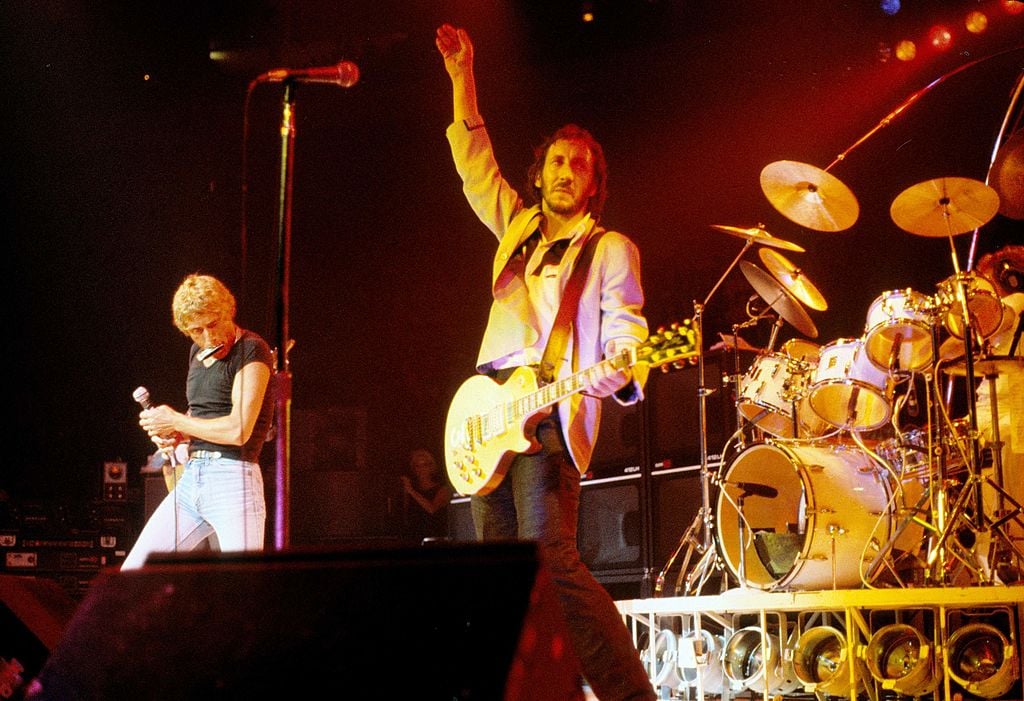
In 1979, The Who were one of the most popular rock bands in the world. After drummer Keith Moon died of a drug overdose in 1978, the band embarked on a U.S. tour that included a five-night stint at Madison Square Garden as well as shows in Chicago, Cleveland, Philadelphia, and Boston. But the tour is best remembered for a show in Cincinnati where 11 fans were killed.
On December 3, 1979, The Who were set to take the stage at the Riverfront Coliseum. More than 18,000 people had tickets to the sold-out show. Of those, 14,770 were holding unreserved general admission tickets.
Most fans wanted to be as close to the band as possible, which meant that people began congregating on a plaza outside the venue hours before the concert was to begin, despite the near-freezing temperatures. When The Who began to perform a soundcheck, the crowd grew restless, thinking the performance had begun. But the doors to the coliseum remained closed, creating a painful crush of bodies, according to a 1980 report in Rolling Stone.
Eventually, several doors to the venue did open, but not enough to accommodate the huge crowd, attendees told the magazine. As people pushed forward, some fans fell to the ground.
“There were too many people and just two doors open,” one survivor of the tragedy recalled to the magazine. “It was an incredible bottleneck; it was a slow squeeze, not a stampede. I was stuck in it for forty-five minutes. I went down twice and wasn’t sure that I would make it.”
Eleven people were crushed to death trying to enter the concert. The victims ranged in age from 15 to 27. Dozens more were injured.
The show goes on
While disaster was unfolding outside the Riverfront Coliseum, The Who took the stage and played a set as usual. No one informed the band what was happening. Authorities worried that if they canceled the concert, fans inside the stadium would riot, perhaps causing additional deaths and more injuries.
When informed of the deaths after the show, the band members were devastated.
“There’s no words to say what I feel,” singer Roger Daltrey told Cincinnati radio station WEBN afterward. “I’m a parent as well. I’ve got a boy of 15, and two little girls. All I can say is: I’m sorry for what’s happened.”
Pete Townshend says he wishes the band had handled the situation differently
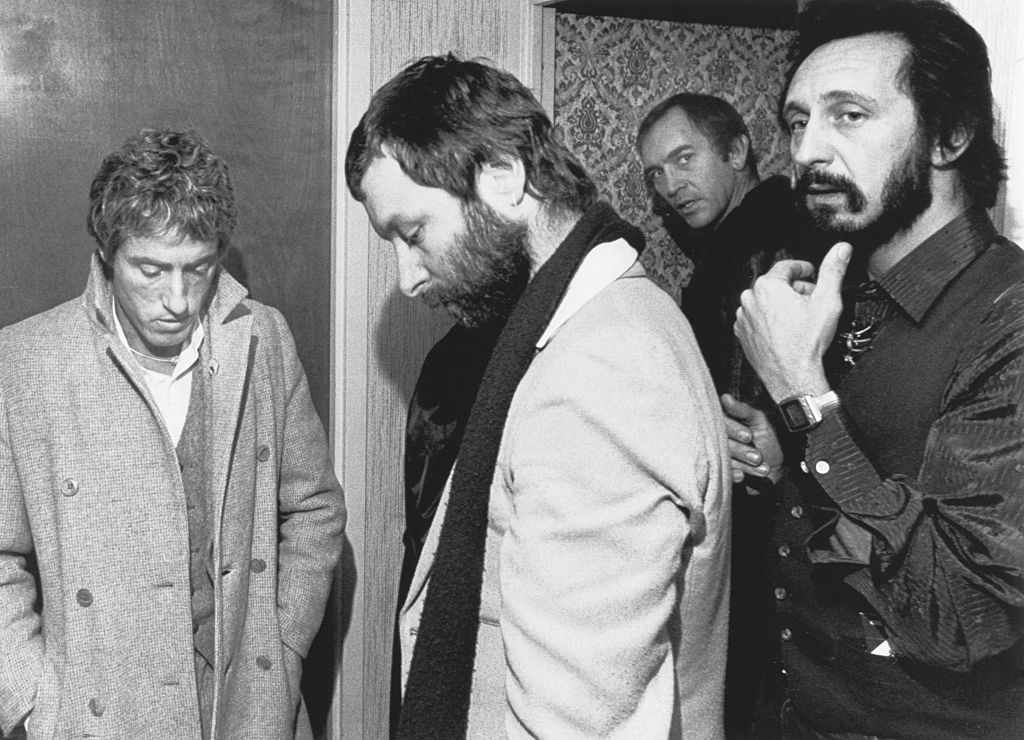
Still, guitarist Pete Townshend has said that he now wishes the band had responded differently after the concert. When the show ended, he and his bandmates quickly left the stadium, which Townshend says he regrets. The next night, the group performed in Buffalo, New York. But he also wishes that the band had been informed of what was happening before the concert.
“You could at least give (us) a choice as to whether or not to go on,” he told the Associated Press in an interview published December 4. “But the choice none of us made, which was equally dim, was that we left the building. You know, we should have stayed.”
“It isn’t all about rock ‘n’ roll,” he added. “This is about kids from Cincinnati who died — kids from Cincinnati whose parents went through trauma; kids from Cincinnati who were disabled or hurt or damaged by what happened there.”
Now, he says he’s glad the band is finally returning to the city.
“Now, we can have a conversation about it when we go back,” he said. “That conversation will pick up. We will meet people and we’ll be there. We’ll be there. That’s what’s important. I’m so glad that we’ve got this opportunity to go back.”
